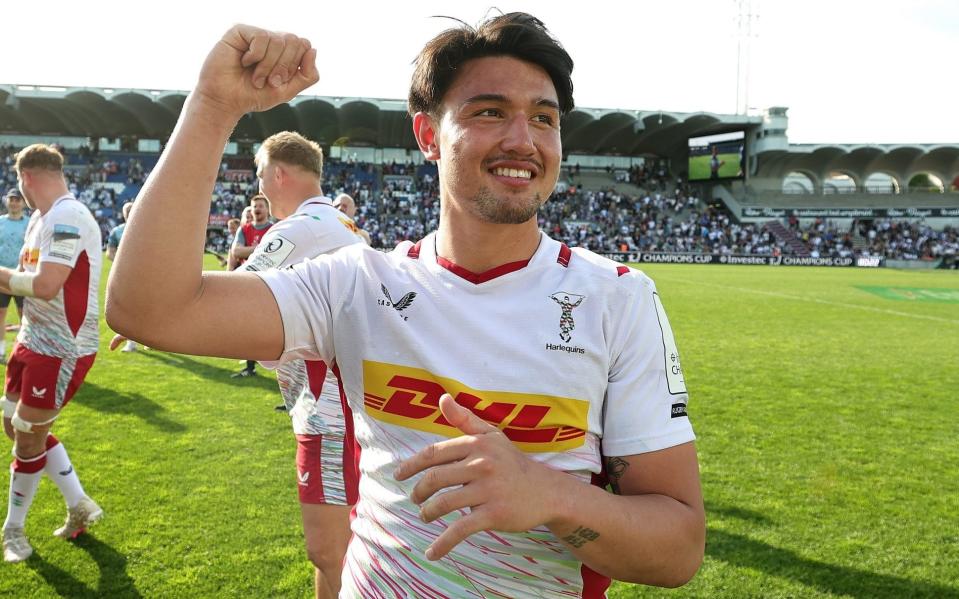Fly-halves remain Premiership’s best-paid players – scrum-halves are now poor relations

Fly-halves have held their status as the Premiership’s best-paid players, with scrum-halves replacing hookers as the least remunerated according to the league’s latest salary-cap report.
In the report’s third annual publication, which was a direct outcome of Lord Myner’s recommendations following the Saracens salary scandal, the figures for the 2022-23 season show a senior scrum-half’s average salary dropped from £132,590 to £121,104, perhaps in part due to Faf de Klerk’s departure from Sale.
The average hooker’s salary, on the other hand, rose from £119,146 in 2021-22 to £128,556 a season later. The average senior fly-half, at the top of the table, received £217,761 last season.
Behind hookers, locks saw the second best salary rise, from £164,568 to £174,785, with full-backs not far behind. The back-row saw the biggest percentage drop in salary, from £181,624 to £159,467, but remained the fifth best-paid position overall.
The average salary of a wing dropped from £142,901 to £127,969 and was one of just three positions, alongside hooker and scrum-half, to not feature a player earning over £350,000.
Worcester Warriors, Wasps and London Irish were all omitted from the report following their respective insolvencies, with audits undertaken at the 10 present Premiership clubs. In the case of players from Wasps or Worcester joining another Premiership club during the 2022-23 season, “for the purpose of analysis, the salary received at the new club has been adjusted to give a full season value”.
Extra scrutiny on champions Saracens
This season, clubs have been permitted only one excluded player from the cap but in 2022-23 six teams possessed two such players, while three clubs had one and a solitary club possessed none. The average salary of a player excluded from the cap was £510,005 but the report notes that five of those excluded players were not in the top 15 earners across the Premiership.
In addition to an annual audit of all 10 clubs carried out by PwC, the winner of the Premiership final is subject to an extended audit, undertaken by the salary cap director, Andrew Rogers, and PwC’s forensic services team.
The report commends last season’s champions, Saracens, “on their approach, support and full compliance towards this provision” while outlining the extra elements which were examined.
At least half of Saracens’ senior players, including at least half of their best paid, had to provide personal tax returns and personal bank statements for the previous two years as well as image-rights company tax returns and company bank statements for the previous two years.
At a wider club level, the report required the following of Saracens: “Email records from selected club officials during a stated time frame were obtained and reviewed, and the mobile phones of selected club officials were forensically imaged.
“PwC’s forensic software then applied a targeted set of search terms to the data (from the emails and mobile phones, including WhatsApp messages) in order to identify information within the responsive documents that indicated areas of potential relevance to the salary regulations. The documents deemed as potentially relevant were then reviewed by the salary cap director.”

 Yahoo Sport
Yahoo Sport 





































